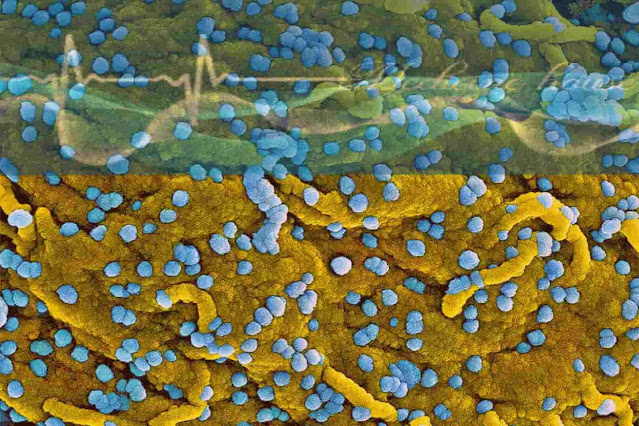Marburg Virus: A Rare but Deadly Threat to Public Health
Marburg virus is a rare but deadly virus that belongs to the family Filoviridae, which also includes the infamous Ebola virus. The virus was first identified in 1967 when it caused an outbreak of hemorrhagic fever in the German town of Marburg, hence the name Marburg virus. Since then, there have been sporadic outbreaks of the virus in Africa, with the most recent one occurring in Uganda in 2022.
Transmission and symptoms
The Marburg virus is transmitted to humans through contact with infected animals, primarily fruit bats and monkeys, and also through direct contact with the bodily fluids of infected people. Once a person is infected, the virus can cause severe hemorrhagic fever, which is characterized by symptoms such as high fever, muscle aches, vomiting, diarrhea, and bleeding from various parts of the body.
The symptoms of Marburg virus can be severe and life-threatening, with a mortality rate of up to 90%. The virus attacks the immune system and causes damage to the organs, leading to multi-organ failure and death. There is no specific treatment for Marburg virus, and the only available treatment is supportive care, such as hydration and treatment of symptoms.
Prevention and control
Preventing and controlling the spread of Marburg virus is a major public health concern, especially in areas where outbreaks have occurred. Measures to prevent the spread of the virus include avoiding contact with infected animals, practicing good hygiene, and using protective equipment such as gloves and masks when caring for infected patients.
In addition to these measures, there is ongoing research to develop a vaccine for Marburg virus. Several experimental vaccines have been developed, including a promising one based on the Ebola virus vaccine platform, which has shown efficacy in animal models. Clinical trials are ongoing to test the safety and efficacy of these vaccines in humans.
Conclusion
Marburg virus is a rare but deadly virus that poses a significant threat to public health, particularly in regions where outbreaks have occurred. Although there is no specific treatment for the virus, preventive measures such as good hygiene and protective equipment can help reduce the spread of the virus. With ongoing research and development of vaccines, there is hope that a vaccine for Marburg virus will be available in the near future, offering a more effective means of preventing and controlling outbreaks.


Comments
Post a Comment